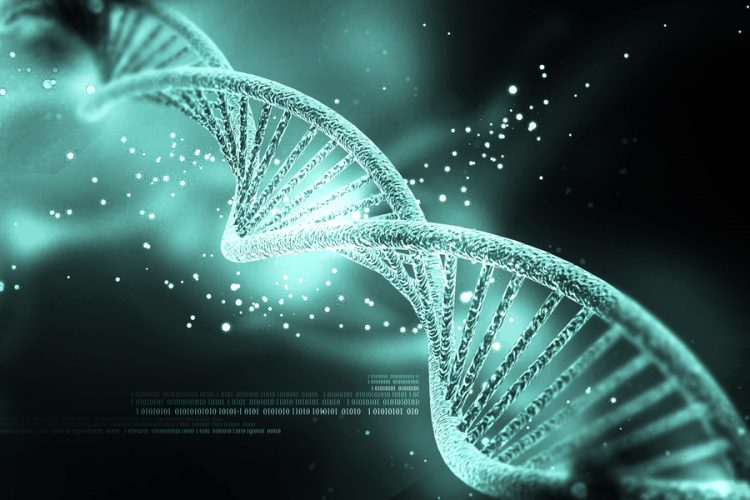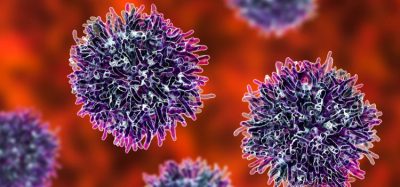Imaging technique overturns longstanding DNA folding model
Posted: 28 July 2017 | Dr Zara Kassam (Drug Target Review) | No comments yet
Researchers have developed an electron microscopy technique that enables the 3D structure and packing of DNA to be visualised inside the cell nucleus of intact cells.


CRISPR could be used to prevent hearing loss
US researchers at Salk Institute have developed an electron microscopy imaging technique called ChromEMT that enables the 3D structure and packing of DNA to be visualised inside the cell nucleus of intact cells.
The newly observed and diverse array of structures provides for a more flexible human genome that can bend at varying lengths and rapidly collapse into chromosomes at cell division. The study reveals that chromatin is much more diverse and flexible than previously thought. This provides exciting new insights into how chromatin directs a nimbler interaction between different genes to regulate gene expression, and provides a mechanism for chemical modifications of DNA to be maintained as cells divide. The results will be featured in Science.
Researchers using this imaging technique believe their discovery dovetails with their research on how tumour viruses and cancer mutations change a cell’s DNA structure and organisation to cause uncontrolled cell growth. It could enable the design of new drugs that manipulate the structure and organisation of DNA to make a tumour cell ‘remember’ how to be normal again or impart new functions that improve the human condition.
“This is ground-breaking work that will change the genetics and biochemistry textbooks,” said Dr Roderic I Pettigrew, director of the National Institute of Biomedical Imaging and Bioengineering (NIBIB), which administered the grant. “It’s an outstanding example of how constantly improving imaging techniques continue to show the true structure of everything from neuronal connections in the brain to the correct visualisation of gene expression in the cell. It reveals how these complex biological structures are able to perform the myriad intricate and elaborate functions of the human body.”
“We identified a fluorescent small molecule that binds specifically to DNA and can be visualised using advanced new 3D imaging methods with the electron microscope,” explained Dr Clodagh O’Shea, leader of the Salk group, associate professor and Howard Hughes Medical Institute Faculty Scholar. “The system enables individual DNA particles, chains and chromosomes to be visualised in 3D in a live, single cell. Thus, we are able to see the fine structure and interactions of DNA and chromatin in the nucleus of intact cells.”
For decades, experiments suggested a hierarchical folding model in which DNA segments spooled around 11 nanometre-sized protein particles, assembled into rigid fibres that folded into larger and larger loops to form chromosomes. However, that model was based on structures of chromatin in-vitro after harsh chemical extraction of cellular components. Researchers funded by the National Institutes of Health have developed a new imaging technique that visualises a very different DNA structure, featuring small folds of DNA in close proximity.
“To see the human genome in in all of its 3D glory is the dream of every biologist. Now, we are working to design probes that will allow us to also see the proteins that bind to the DNA to turn genes on and off. We will then be able to view an actual gene in action,” concluded Dr O’Shea.
Related topics
Imaging
Related organisations
National Institute of Biomedical Imaging and Bioengineering, National Institutes of Health
Related people
Dr Clodagh O’Shea, Dr Roderic I. Pettigrew







